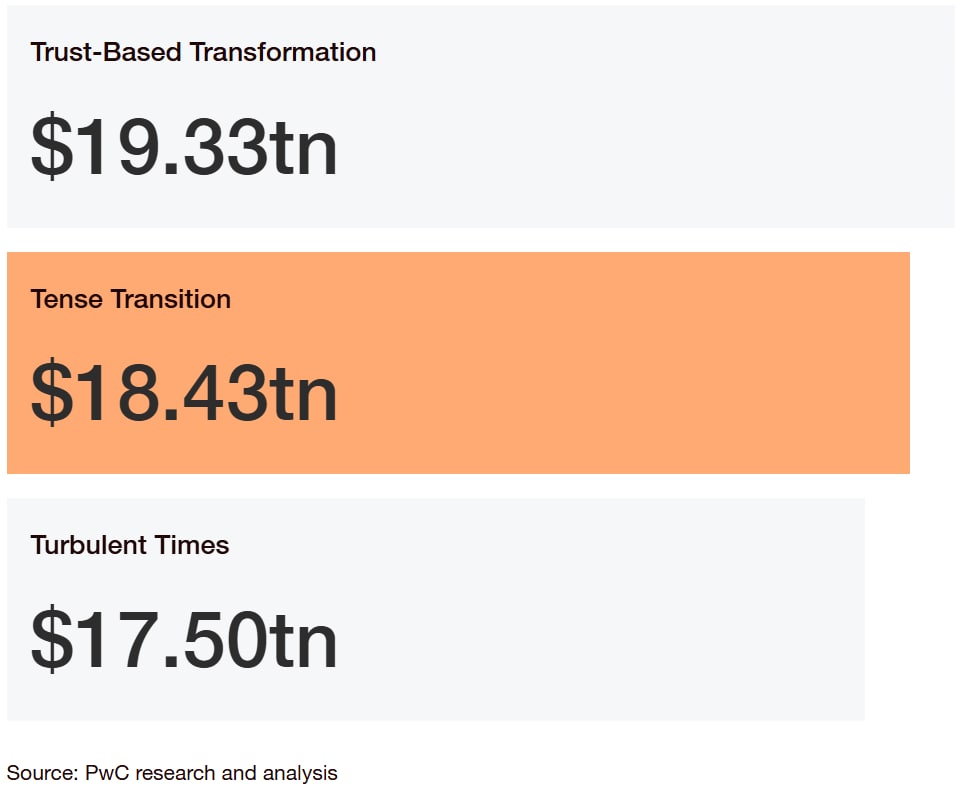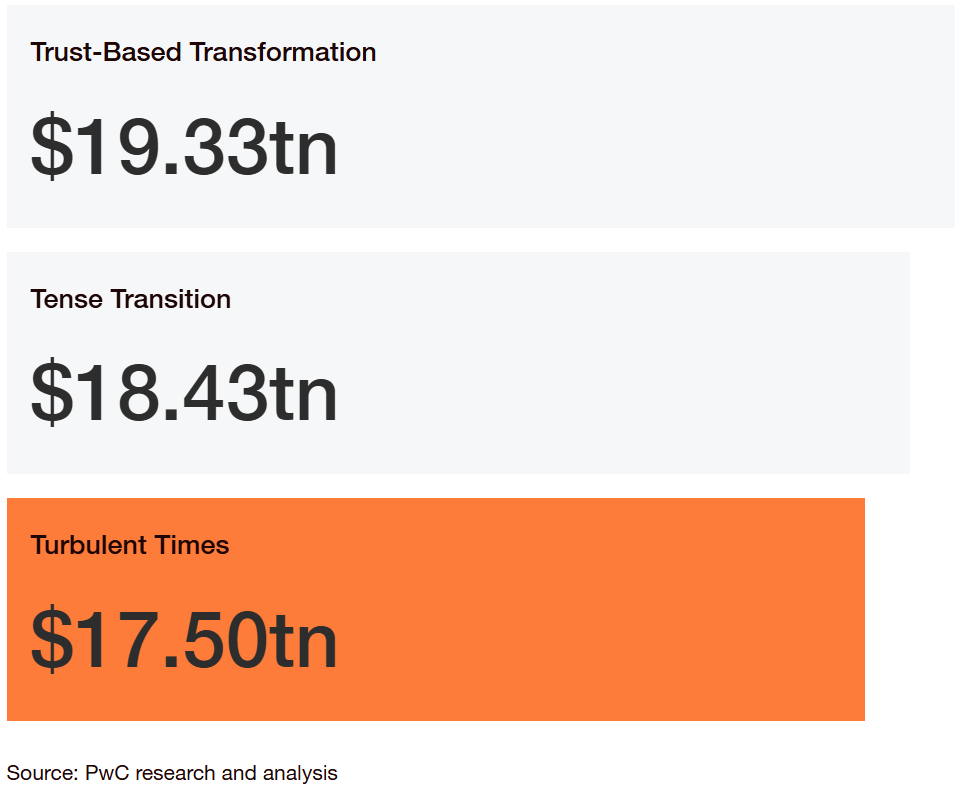By supporting collaboration between sectors, governments can help improve well-being and advance prosperity.
How we govern and serve

Governments must evolve to serve people’s changing needs
As climate change and other megatrends alter human needs, businesses and governments are working together in new ways to improve people’s lives.
Consider how mounting weather disasters and demographic shifts are stoking demand for affordable, resilient housing. Construction companies are creating solutions through innovative partnerships: with manufacturers to fabricate cost-effective modular structures and with energy firms to install onsite renewables. And governments are igniting even more innovation by supporting materials research, updating energy codes and investing in infrastructure.


The Govern and Serve domain enables activity in every other domain.
As sectores configure, it’s helpful to think of governments and public institutions as belonging to a broad Govern and Serve domain, one that enables the fulfillment of human needs through its own actions and through interactions with other domains. For example, by installing the IOT-networking infrastructure needed for smart-city systems, the Govern and Serve domain can foster new opportunities in the Build and Move domains. In the Make domain, public-sector procurement could hasten the development of sustainable materials. In the Care domain, the public sector could partner with medtech companies to develop AI-driven health diagnostics.
The activities of governments and the public sector—considered alone, together, and in conjunction with private industry—generate considerable value for the global economy. In our baseline projections for growth, the Govern and Serve domain could contribute US$17.42 trillion to global GDP in 2035.
Public-private collaboration as a Dutch strength
The Netherlands has a rich tradition of collaboration between government and business, where innovative partnerships form the foundation for societal progress. Government forms the essential backbone that connects all sectors with each other. From the defence industry to technological innovation, Dutch organisations excel at finding the right balance between public interests and private expertise. This fundamental role as connector and facilitator makes public-private collaboration a world-class Dutch export product.
The challenge lies in increasing the speed at which government can move alongside private developments, and breaking through regulatory burden through smart deregulation. Successful ecosystems such as Brainport Eindhoven and the platform Defport, initiated by the Ministry of Defence, demonstrate how value-driven conversations and joint financing lead to sustainable solutions. Whether it concerns liveability around technological hotspots or defence innovation, the Netherlands shows time and again that public-private collaboration is the key to societal impact.

'It's about more than collaboration. It's about creating ecosystems in which public interests and private innovation reinforce each other. Only together can we transform today's complex challenges into tomorrow's solutions.'
Capturing the value in the decade ahead
Effective collaboration between the public and private sectors can yield sizeable benefits for economies - and citizens.
The extent of that growth will depend on how megatrends play out.
To paint a quantitative picture of the future, we modelled the Govern and Serve domain’s growth under three divergent scenarios. In our baseline projections for growth, the Govern and Serve domain could contribute US$17.42 trillion to global GDP in 2035. But that contribution could also be 11.0% higher, rising to $19.33 trillion, depending on how the two most pressing global megatrends, technological disruption and climate change, shape the need and context for government services.

Sizing the Govern and Serve opportunity
The nature and scale of the opportunities that emerge for governments and supporting organisations in the Govern and Serve domain will depend on how AI adoption and climate action progress. Your strategy should account for a range of possible outcomes. Three scenarios can help leaders in the Govern and Serve domain consider what the future might bring.
Learn more about the three divergent tomorrows
To reinvent for multiple tomorrows, take action today
The process of reinvention needs to start now, with a focus on priorities that respond to the reconfiguration that’s already underway. This means driving hard towards a set of innovation imperatives, securing competitive advantages in areas such as technology and trust, and turning obstacles such as climate threats into enablers of growth.
How to win in the Govern and Serve domain
Explore all new domains
Select from the nine domains below to learn how they are forming, the size of the opportunity and how to seize the value in motion.
Contact us



















